Yesterday after lunch we were sitting around a table in the dining car looking for an excuse to go on drinking when Erika said, “Who knows how to play asshole?”
I’m pretty good at that, I told her. At least people tell me that all the time. (This reminds me of a fortune cookie I once got where the fortune said, “Try being less of a shit.”)
No, I mean the card game asshole.
Stop calling me an asshole, I told her.
She shook her head and smiled.
I like Erika. She’s a pistol. She smokes and she likes to drink and her voice sounds like a young Lauren Bacall. She also comes off kind of gruff and hard on the outside but you just know that it’s all bluff and she probably cries every time she sees a dog in the street. We were talking about her relationships yesterday morning and she admitted she’s got lousy taste in men. She just got out of a long relationship, she told me. “He was an angry Buddhist white boy.” In fact, she said, he’s the second or third angry Buddhist white boy she’s dated. “Maybe I should write a book about it. Angry Buddhist White Boys.” I told her I thought it was a fabulous idea and I do.
At the moment, she’s got a crush on one of the other writers on this trip, Rico. She knows that absolutely nothing is going to come of it. She lives in NY, he’s in Portland. But she doesn’t care. She said she likes having crushes. “They’re easier than being in love.”
Anyway, Erika told us about this beer card game called asshole. The rules, such as they are, are very complicated. The object of the game is to get rid of all of your cards and you do that by laying down a card (or cards) of equal or greater value than the person to your left. And there is a ranking system, determined by the first hand, that goes President, Vice-President, Secretary, Asshole and the deal is that anyone who ranks higher than you can tell you to drink whenever they want to. Also (and this is the fun part), if the President remains President for a couple of rounds, they can create special rules, such as the word “drink” cannot be used. If the rule is broken, the offender must drink and do something else obnoxious like pushups.
It all sounded way too complicated for me, so I just sat across the group and watched them play. It seemed like Erika was always President. Maybe because she’s the only one who really knew how the game worked. Or maybe because she kept changing the rules. Anyway, somewhere along the line, she decided that if anyone said “damn” they had to drink a beer and do a pushup on the train floor. The guys didn’t have a problem with this, but two of the other women, Kara and Kaley, just kept falling in the trap. They’d watch the person to their left play a card, look at their own hands, and invariably murmur, “Damn.” I think Kaley, in particular, did more push-ups than a Marine grunt. But, you know, she just kept drinking beer so it didn’t really matter. (Although it seemed to matter to her this morning when she had to get up at 5:30).
Erika was certainly right about one thing: It’s a good way to make the time pass on a train trip.

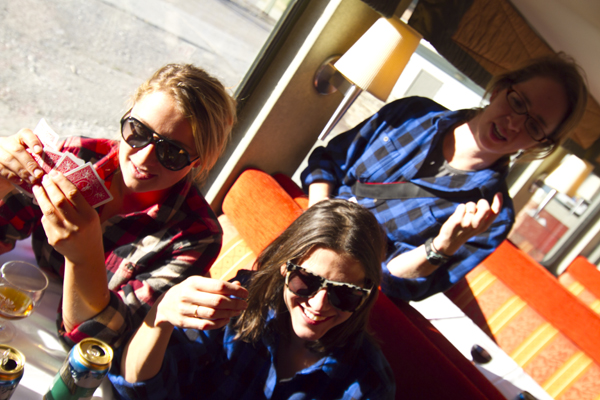

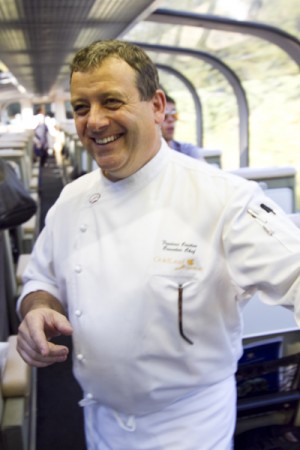
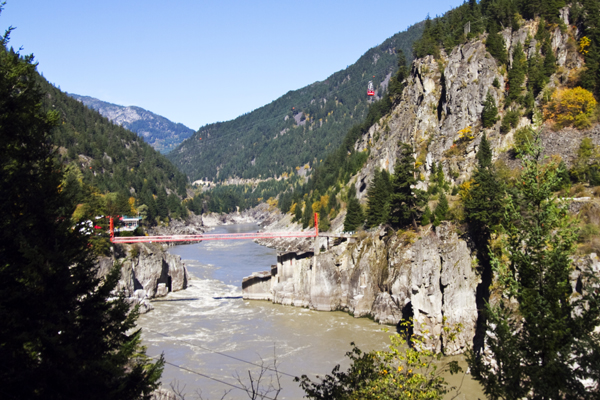
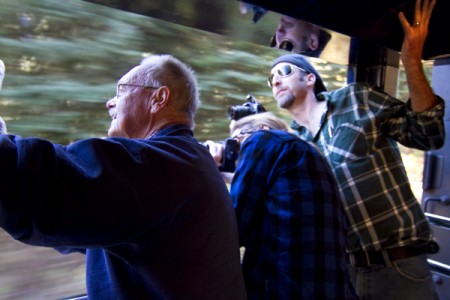
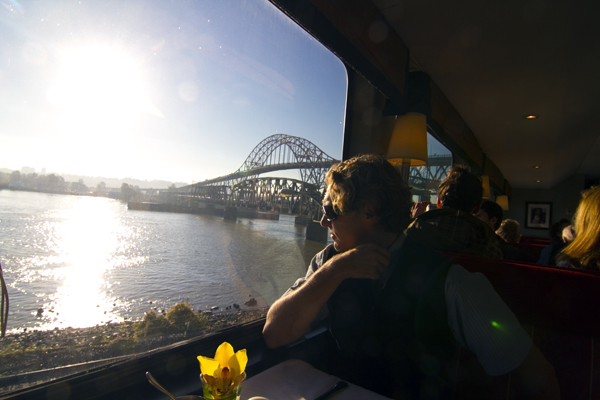
Recent Comments